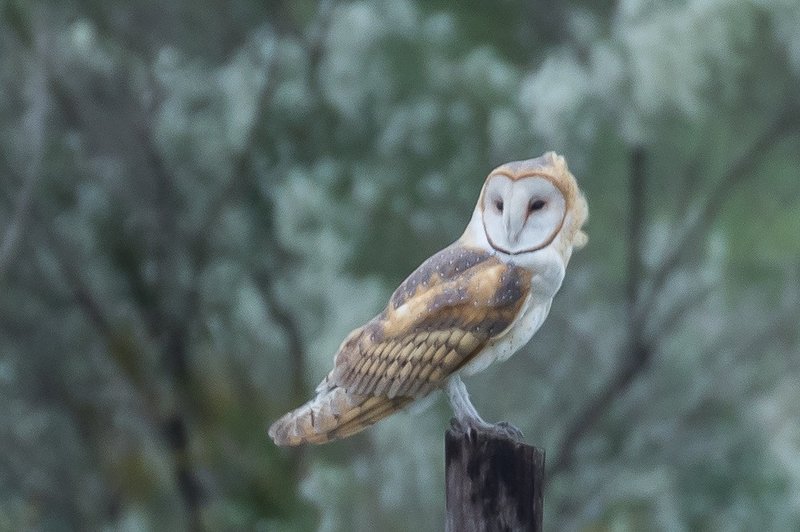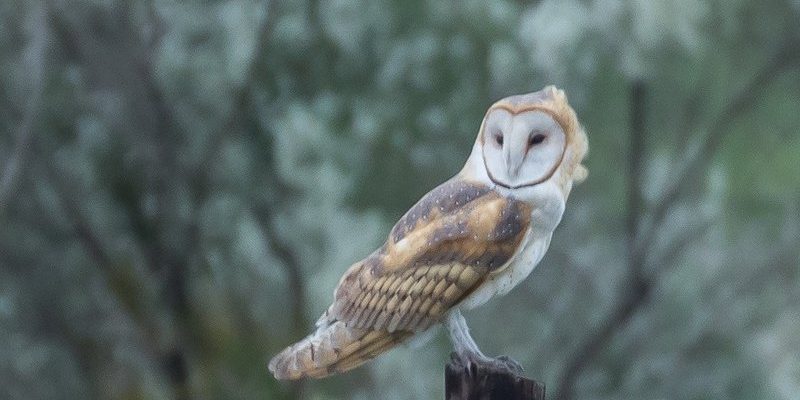
Understanding the challenges facing barn owls helps us appreciate the incredible work being done to protect them. Let’s dive into these conservation efforts to see how we can help these beautiful birds thrive again. Grab your coffee, and let’s chat!
Understanding the Barn Owl’s Habitat Needs
Barn owls thrive in open countryside, often nesting in abandoned buildings, trees, or even old barns. They prefer areas with plenty of open fields where they can hunt for small rodents like mice and voles. These birds are sensitive to habitat changes, and when their living spaces are disturbed or reduced due to urban development or agricultural practices, they struggle to survive.
Efforts to protect their habitats include creating safe nesting sites, restoring wetlands, and preserving farmland. For example, some organizations have partnered with farmers to install barn owl boxes—essentially birdhouse-style homes that provide safe nesting areas. This way, farmers can maintain their land while offering barn owls a cozy place to raise their young.
Maintaining a balance between agriculture and wildlife conservation is essential. When farmers and conservationists work together, everyone wins, creating a healthier environment for both crops and barn owls.
The Importance of Rodent Control
You might not think twice about the mice scurrying around your backyard, but for barn owls, these little critters are a buffet! Barn owls are expert hunters, and their primary diet consists of rodents. However, when rodent populations spike, the owls can struggle to keep up, especially if their hunting grounds are altered.
Conservation efforts focus heavily on maintaining natural rodent populations in barn owl habitats. This includes responsible farming practices, such as avoiding heavy pesticide usage that can reduce the food supply. By promoting healthy ecosystems, barn owls can find enough food, which is vital for their survival and reproduction.
Some groups even implement integrated pest management (IPM) strategies, which emphasize using barn owls as a natural form of pest control instead of relying solely on chemical solutions. It’s a clever way to keep both the owl and the farmer happy!
The Role of Education in Conservation
Education is a critical part of any conservation effort. It’s essential to raise awareness about the barn owl’s plight and the importance of protecting them. Schools, community organizations, and wildlife groups are stepping up to teach people about these owls and why they matter.
Workshops, community events, and social media campaigns are some ways organizations share information. For instance, simple activities like owl watches, where people gather to spot barn owls in their natural habitats, can inspire love and respect for these majestic creatures.
By educating the public, we can foster a deeper appreciation for barn owls, encouraging more people to get involved in local conservation initiatives. After all, when people feel a connection to wildlife, they’re more likely to support efforts to protect it.
Legislation and Policy Efforts
Legislation plays a significant role in protecting barn owls. Various laws and policies are in place to protect their habitats and ensure they can thrive without being threatened. For instance, the Migratory Bird Treaty Act in the United States makes it illegal to harm or kill barn owls without a permit.
Moreover, many conservation organizations work with local governments to enact policies that preserve natural habitats. These efforts include creating protected areas, promoting sustainable agricultural practices, and providing incentives for landowners to maintain or restore owl-friendly habitats.
Support from local and federal governments can make a substantial difference in long-term conservation strategies. When laws support wildlife, it helps create a safer environment for species like barn owls.
Community Involvement and Citizen Science
Community involvement is another vital piece of the conservation puzzle. Many local groups and volunteers are dedicated to making a difference for barn owls. They organize habitat clean-ups, monitor owl populations, and even help construct owl boxes.
Citizen science projects invite the public to participate in data collection about barn owls. For instance, individuals may report barn owl sightings or contribute to research about their behaviors. These community efforts not only help gather crucial data but also engage people in conservation work.
For many, becoming an active participant in conservation efforts can be incredibly fulfilling. It’s a chance to connect with nature and contribute to something meaningful, all while helping barn owls and other wildlife thrive.
How You Can Help Protect Barn Owls
You might be wondering how you can help protect barn owls, even if you don’t live near their habitats. There are plenty of ways to get involved!
- Support local conservation groups: Donating your time or money to organizations focused on barn owls can have a significant impact.
- Create a backyard haven: If you have outdoor space, consider planting native plants that attract rodents and creating a suitable habitat for owls.
- Spread the word: Sharing information about barn owls and their conservation needs can inspire others to take action.
- Participate in citizen science: Look for local programs that allow you to report owl sightings or contribute to ongoing research.
Every small effort counts! Whether it’s educating yourself or donating to a local organization, taking steps—big or small—helps ensure barn owls continue to grace our skies.
Barn owls are more than just beautiful birds; they play a critical role in maintaining the balance of our ecosystems. Conservation efforts, from habitat restoration to community education, are essential in protecting these fascinating creatures. As individuals, our contributions can create a ripple effect, helping to ensure that barn owls have a future in our world.
By supporting wildlife conservation, we can foster a healthier planet for everyone. So, the next time you hear the haunting call of a barn owl at night, remember that there’s a whole community of people working tirelessly to protect them—and you can be part of that effort, too!

